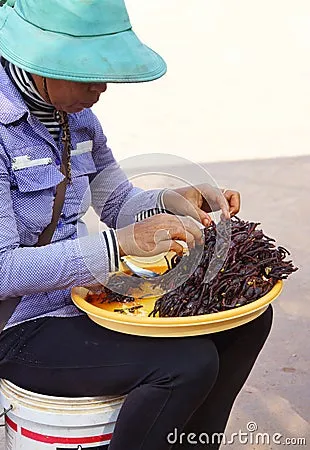What is a Fried Tarantula
Fried tarantula is a dish that involves cooking tarantula spiders, typically by deep-frying them. It is a delicacy in certain cultures, especially in Southeast Asia, where they are a source of protein and a culinary tradition. The preparation and consumption of fried tarantulas offer a unique experience, with varied textures and flavors that make them a subject of both fascination and culinary curiosity. The dish typically involves removing the fangs and hair from the spider before cooking to ensure a safe and enjoyable experience. The spiders are often seasoned with a blend of spices, enhancing their flavor profile and making them a flavorful snack or meal.
Origin and Cultural Significance
The practice of eating fried tarantulas has deep roots in the cultural heritage of several regions, most notably in Cambodia, where it’s known as ‘a-ping.’ The origins of this dish are often linked to times of scarcity and famine, when communities turned to alternative food sources for survival. Over time, what began as a necessity evolved into a cultural tradition and a celebrated culinary experience. Today, fried tarantulas are not only a source of sustenance but also a symbol of cultural identity, particularly in areas where they are readily available. The preparation and consumption of fried tarantulas often involves communal gatherings and traditional cooking methods, adding to their cultural significance.
Where to Find Tarantulas
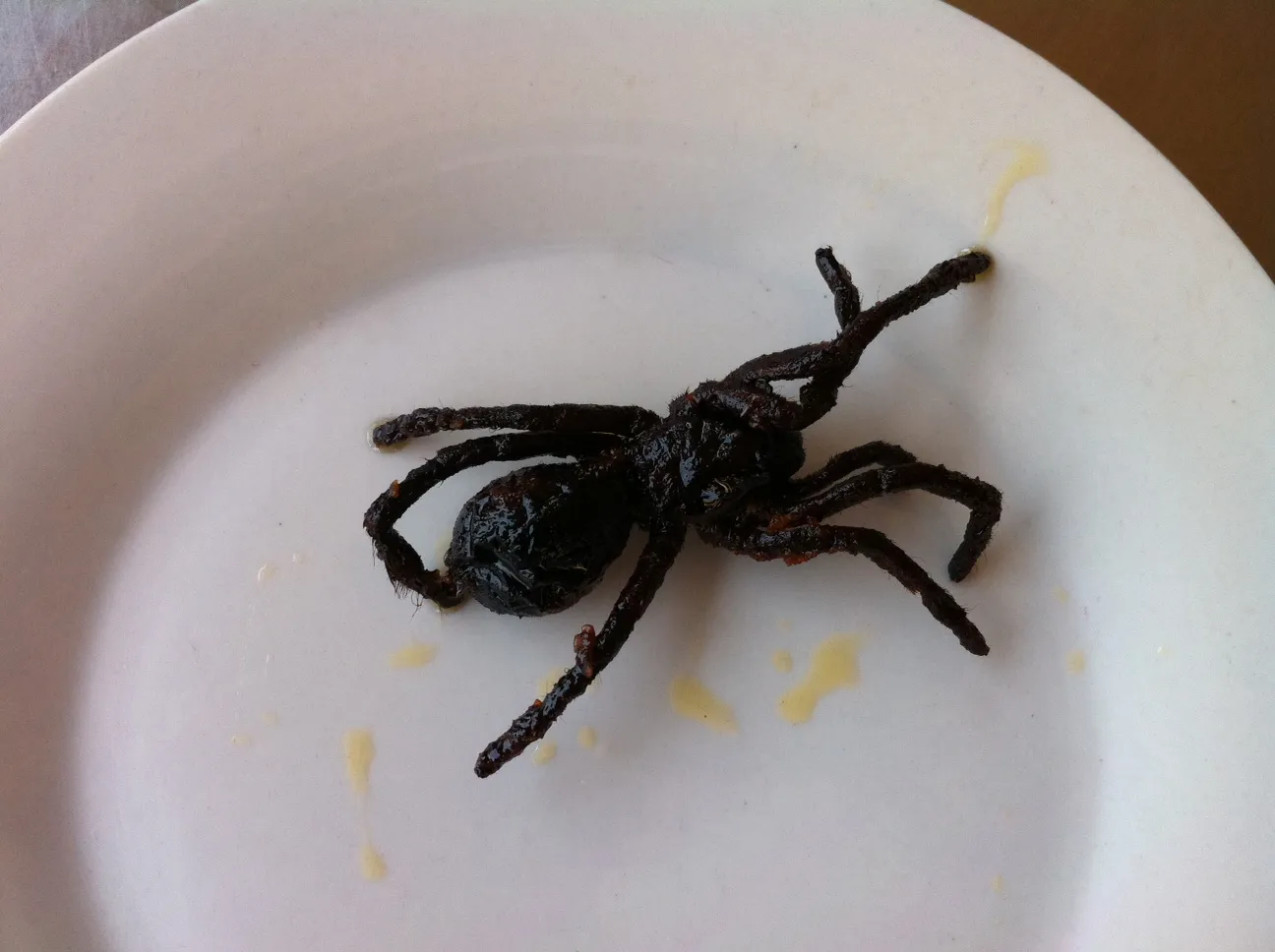
Finding tarantulas for culinary purposes requires knowledge of their natural habitats and understanding of ethical sourcing practices. Tarantulas are typically found in tropical and subtropical regions, including Southeast Asia, parts of South America, and certain areas of the United States. They thrive in environments that offer a balance of humidity, temperature, and suitable shelter, such as burrows in the ground or under rocks and logs. When considering sourcing tarantulas, it is essential to respect local ecosystems and the wildlife populations. Sustainable and ethical methods include obtaining them from licensed suppliers or engaging in regulated harvesting practices.
Sourcing the Tarantulas Safely
Sourcing tarantulas safely involves several crucial steps to protect both the individuals involved and the environment. Firstly, always prioritize buying from reputable suppliers who adhere to ethical harvesting methods, ensuring that tarantula populations are not over-exploited. Research local regulations and permit requirements to ensure compliance with wildlife conservation laws. When sourcing tarantulas, assess their health and condition to avoid potential risks. Healthy tarantulas should exhibit normal behavior and physical characteristics. Avoid sourcing tarantulas from areas where they are endangered or where their collection could harm the ecosystem. Proper handling and transportation are also essential to guarantee the safety of both the tarantulas and the handlers.
Preparation Steps for Frying Tarantulas
Preparing tarantulas for frying is a meticulous process that involves several key steps to ensure the dish is both safe and delicious. Begin by carefully removing the fangs to eliminate any potential hazard. Next, remove the urticating hairs, which can cause irritation and discomfort if ingested. Some cooks choose to remove the abdomen, as it may contain undesirable components. Once the spider is cleaned and prepared, it is ready for cooking. The careful removal of these parts and steps is crucial for a pleasant eating experience. Thorough preparation transforms a potentially risky ingredient into a culinary delight, reducing the risk of adverse reactions and highlighting the unique flavors of the tarantula.
Cleaning the Tarantula
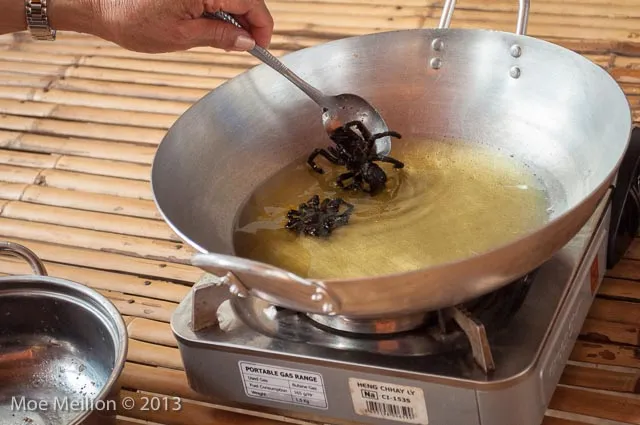
Cleaning a tarantula before frying is a vital step that influences both its edibility and flavor. This involves removing any dirt, debris, or potentially harmful parts of the spider. Start by gently rinsing the tarantula under clean water to remove any loose particles. Carefully inspect the tarantula for any remaining dirt or unwanted substances. The most important step in cleaning is the removal of the fangs, which can pose a danger if left intact. Some cooks may also remove the abdomen or specific parts if desired. Following these cleaning steps ensures that the final dish is both safe and appetizing. Proper cleaning is fundamental to a successful fried tarantula recipe.
Preparing the Tarantula for Cooking
After cleaning the tarantula, the next step is to prepare it for cooking. This might include seasoning the spider to enhance its flavor profile. Some cooks prefer to marinate the tarantula in a blend of spices, herbs, and sauces to infuse flavors before frying. Common seasonings include garlic, pepper, salt, and chili. The tarantula can also be coated in batter or breadcrumbs for added texture and flavor. This preparation stage is critical for adding depth to the dish. By seasoning and preparing the tarantula, you not only improve the taste but also ensure a delicious and enjoyable eating experience. This step adds the final touch before the cooking process starts.
The Essential Recipe
The essential recipe for fried tarantulas is relatively straightforward, emphasizing simplicity and flavor. The basic recipe typically involves cleaning and preparing the tarantula, seasoning it to taste, and then frying it until it achieves a crispy texture. The choice of oil for frying is crucial, and the tarantula is cooked until it turns a golden-brown color. Once fried, the tarantula can be served as is or garnished with fresh herbs or a dipping sauce. The key to the essential recipe lies in achieving the right balance of texture and flavor. The result is a dish that is both unique and savory, reflecting the cultural significance and culinary tradition of the recipe.
Ingredients for the Perfect Fry
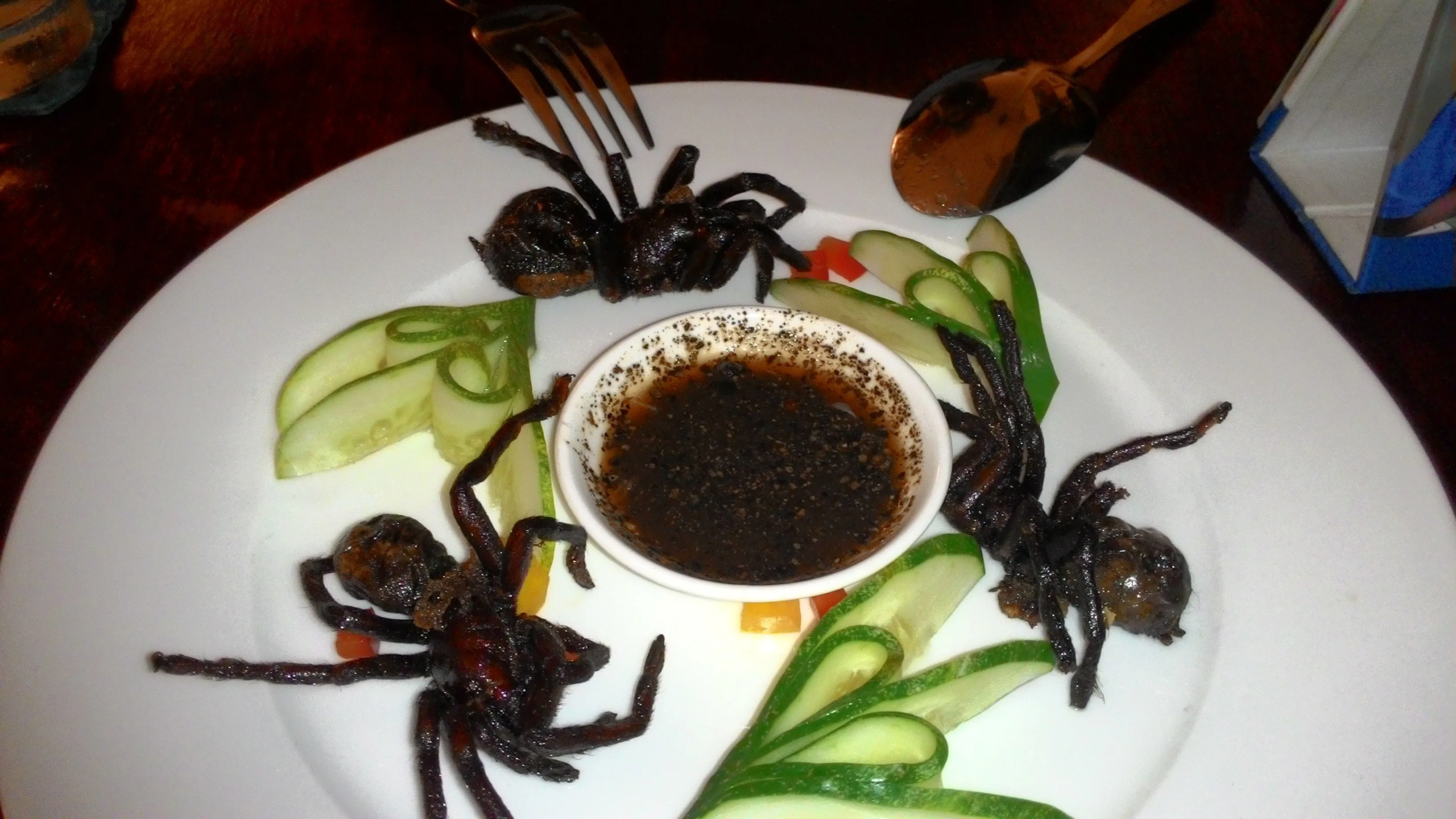
The ingredients for the perfect fried tarantula recipe are simple but essential. The primary ingredient is, of course, the tarantula, preferably sourced from a reputable supplier. The cooking oil should have a high smoke point. For seasoning, you will need salt, pepper, and potentially other spices like garlic powder, paprika, and chili flakes to enhance the flavor. Additional ingredients like batter or breadcrumbs can provide a crispy texture. The quality of ingredients directly affects the dish’s final taste. Fresh and high-quality ingredients contribute to a flavorful and safe culinary experience. This includes selecting the right spices, the right type of oil, and the preparation of the tarantula itself.
Step-by-Step Frying Instructions
The frying instructions involve a series of precise steps. First, heat the oil in a pan or deep fryer to the appropriate temperature, generally around 350-375°F (175-190°C). Gently place the prepared tarantulas into the hot oil, ensuring not to overcrowd the pan. Fry them for approximately 5-7 minutes, or until they become crispy and golden brown. Remove the fried tarantulas with a slotted spoon and place them on a plate lined with paper towels to drain excess oil. Allow the tarantulas to cool slightly before serving to avoid any burns. Following these step-by-step instructions is crucial for achieving the perfect texture and flavor in your fried tarantula recipe, ensuring the best possible outcome.
Flavor and Texture
The flavor and texture of fried tarantulas are often described as a unique culinary experience. The flavor profile typically combines elements of a mild, slightly nutty taste with a hint of earthy notes. The texture can vary based on the cooking method and the spider’s preparation. The body of the tarantula often has a soft, almost creamy texture, while the legs and exoskeleton become crispy and crunchy when fried. This contrast in textures adds to the appeal of the dish, providing a combination of soft and crunchy elements. When prepared correctly, the texture is a key element in the overall enjoyment of fried tarantulas.
Tips for Enhancing Flavor
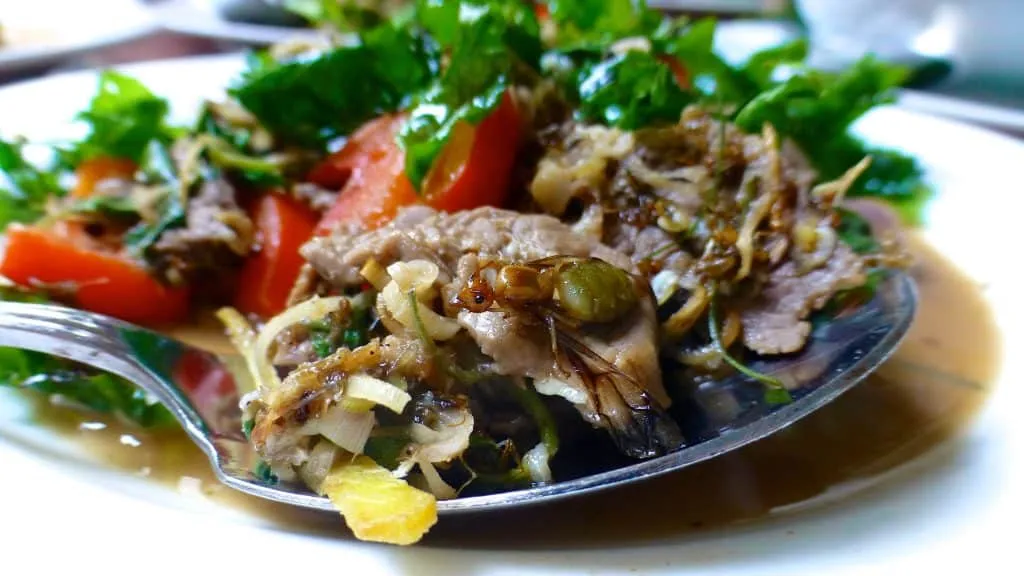
Enhancing the flavor of fried tarantulas can be achieved by several methods, from seasoning to the cooking process. Experimenting with marinades is a great approach, using various spices and herbs such as garlic, ginger, or lemongrass. Marinating the tarantulas before frying allows the flavors to penetrate deeply. Adding a batter or breadcrumb coating can add an extra layer of flavor and texture. Using high-quality cooking oil also enhances flavor. The choice of oil affects the taste of the dish significantly. Serve the fried tarantulas with dipping sauces to complement the flavors. These tips will help you get the most from this unique dish. By combining a few simple techniques, you can create a delicious and unforgettable meal.
Achieving the Perfect Crispiness
Achieving the perfect crispiness in fried tarantulas relies on several key techniques. The temperature of the oil is crucial; the ideal range is typically 350-375°F (175-190°C). Ensure the oil is hot enough to create a crispy exterior without overcooking the inside. Avoid overcrowding the pan, as this can lower the oil temperature and result in a soggy outcome. Using a batter or breadcrumb coating is an effective method for creating crispiness. The type of coating and the way it is applied will also impact the texture. Drain the fried tarantulas well on a paper towel-lined plate after cooking to remove any excess oil and maintain their crispiness. With careful attention to these details, you can ensure your fried tarantulas have the perfect texture.
Serving and Enjoying Fried Tarantula
Serving and enjoying fried tarantulas is a unique experience. The dish can be served as a snack, an appetizer, or as part of a meal. Presentation can range from simple to elaborate, depending on the occasion. Fried tarantulas can be served with various dipping sauces, such as sweet chili sauce, garlic aioli, or spicy sriracha mayo. Garnishing with fresh herbs or a squeeze of lime can also enhance the flavor. Eating fried tarantulas is often a social activity, especially in cultures where it is a traditional dish. The eating experience is as much about the taste as it is about the cultural significance and the shared experience. Enjoying the dish involves appreciating the texture and flavors. It is also an opportunity to share and celebrate a unique culinary tradition.
Best Pairings with Fried Tarantula
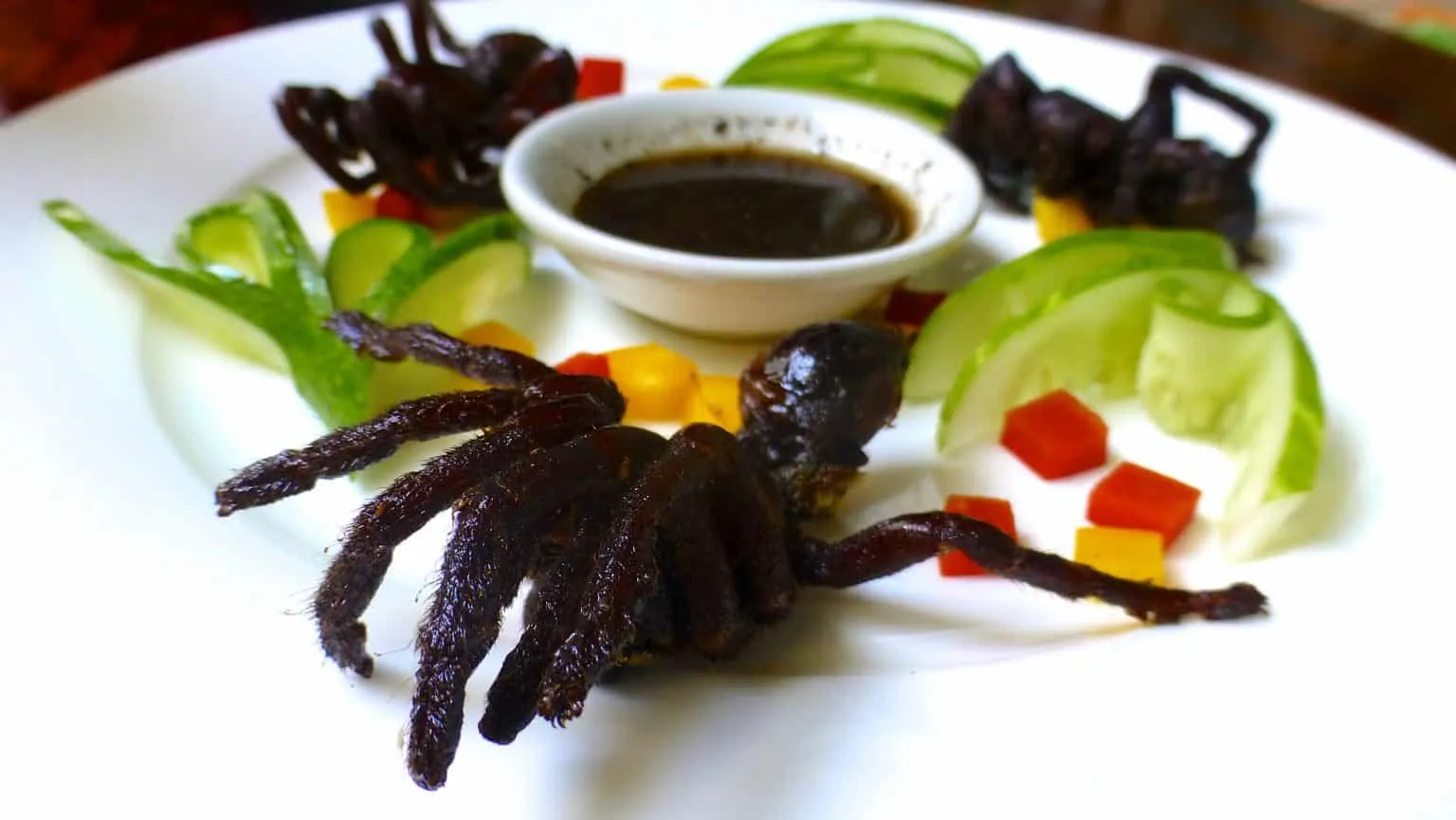
The best pairings with fried tarantulas can enhance the flavors and the dining experience. Beer is a classic pairing due to its ability to cut through the richness of the dish. Lighter lagers or IPAs often complement the textures and flavors. Wine can also be a great choice. A crisp white wine, such as Sauvignon Blanc, can provide a refreshing contrast. For non-alcoholic options, consider beverages like iced tea, lemonade, or sparkling water with a squeeze of lime. The goal is to choose a drink that complements the earthy and nutty flavors of the tarantula while balancing the richness of the fried dish. By carefully pairing your meal with the right drink, you can elevate the entire dining experience.
Cultural Practices and Etiquette
Understanding cultural practices and etiquette is crucial when trying fried tarantulas. In Cambodia, where this dish is a staple, it is often eaten by hand. It’s a social experience, often shared with family and friends. Guests should observe and follow local customs and traditions. In many cultures, it is considered polite to try all parts of the tarantula, including the body and legs, which are considered delicacies. If you are visiting a local vendor or restaurant, respect their way of cooking and serving the dish. Learning about cultural etiquette also enhances the dining experience. It shows respect for the local customs and adds to the appreciation of the dish as a cultural symbol. Embrace the opportunity to participate fully in the traditional dining practices.
Safety Precautions
Prioritizing safety precautions is essential when dealing with fried tarantulas, from sourcing to consumption. Always ensure that the tarantulas are sourced from reputable suppliers. The spiders should be thoroughly cleaned and prepared before cooking. Proper cooking methods, such as deep-frying at the correct temperature, are critical for eliminating any potential parasites. Be mindful of any allergies or sensitivities you might have to insects or specific spices used in the preparation. Children and individuals with existing health conditions should exercise extra caution. Safe food handling practices, such as washing hands and using clean utensils, are also essential. Following all safety precautions ensures a safe and enjoyable culinary experience.
Handling Tarantulas Safely
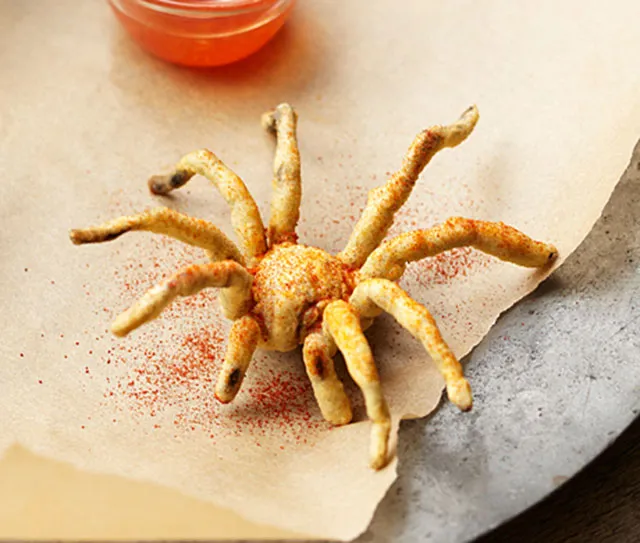
Handling tarantulas safely requires careful attention to avoid injury. Always handle tarantulas gently and avoid any sudden movements, which can startle them. Wear protective gloves and use tools when handling tarantulas. Be mindful of their fangs and hairs, which can cause irritation. Avoid touching your face or eyes while handling tarantulas. Handle them only when necessary and try to keep them in a secure container. Ensure that the tarantulas are treated with respect to the environment and the people handling them. These steps can prevent any unnecessary risks.
Identifying and Avoiding Venomous Spiders
Identifying and avoiding venomous spiders is crucial to avoid any potential health risks. Familiarize yourself with the appearance of tarantulas and the venomous spiders in your region. If you are unsure about the identity of a spider, do not handle it. Always use protective measures when interacting with any spider. If bitten by a spider, seek immediate medical attention, especially if you experience symptoms like severe pain or swelling. The goal is to practice caution and respect when encountering spiders in any setting. This is the best approach for your safety and peace of mind.
